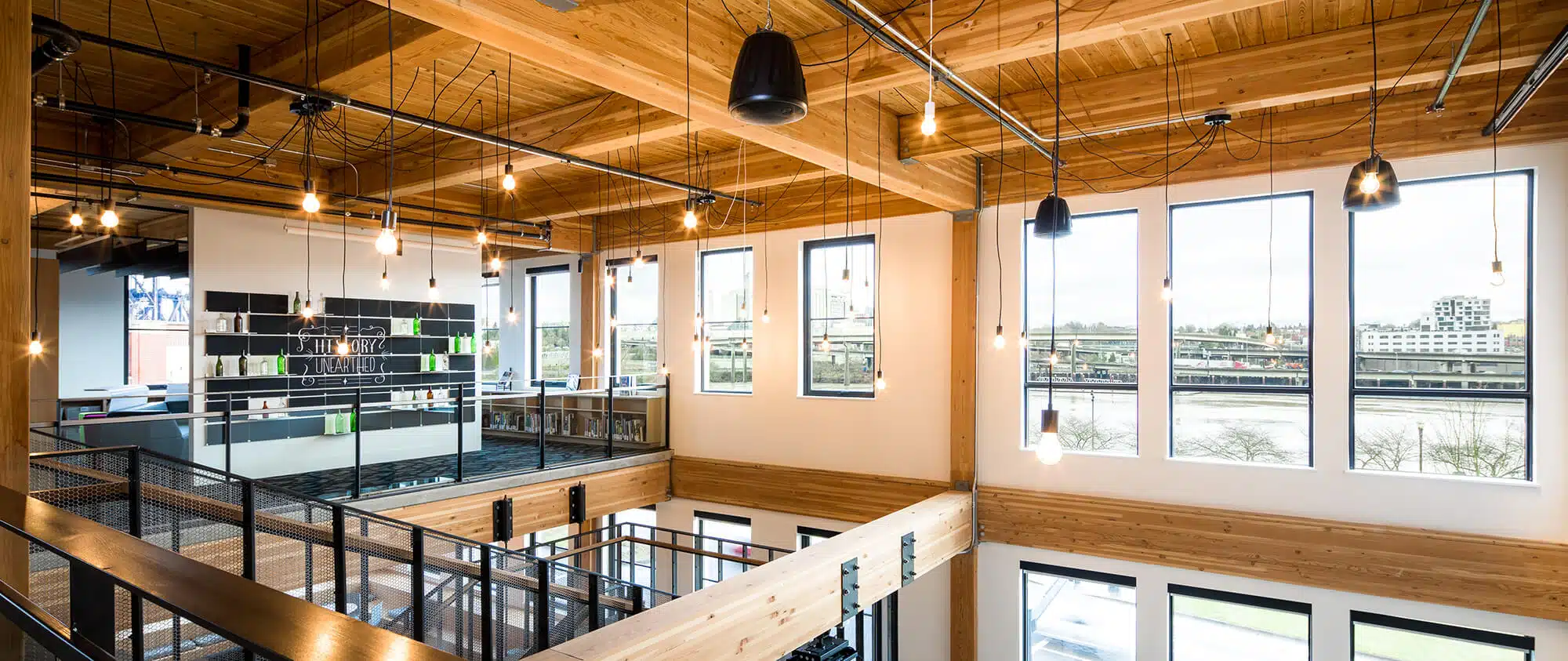Custom Furniture
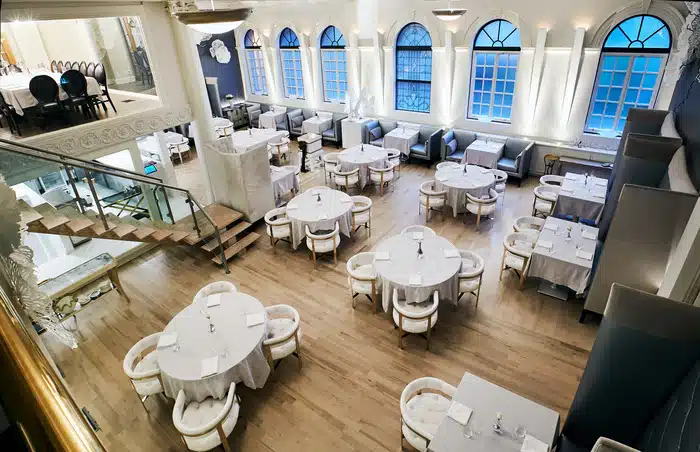
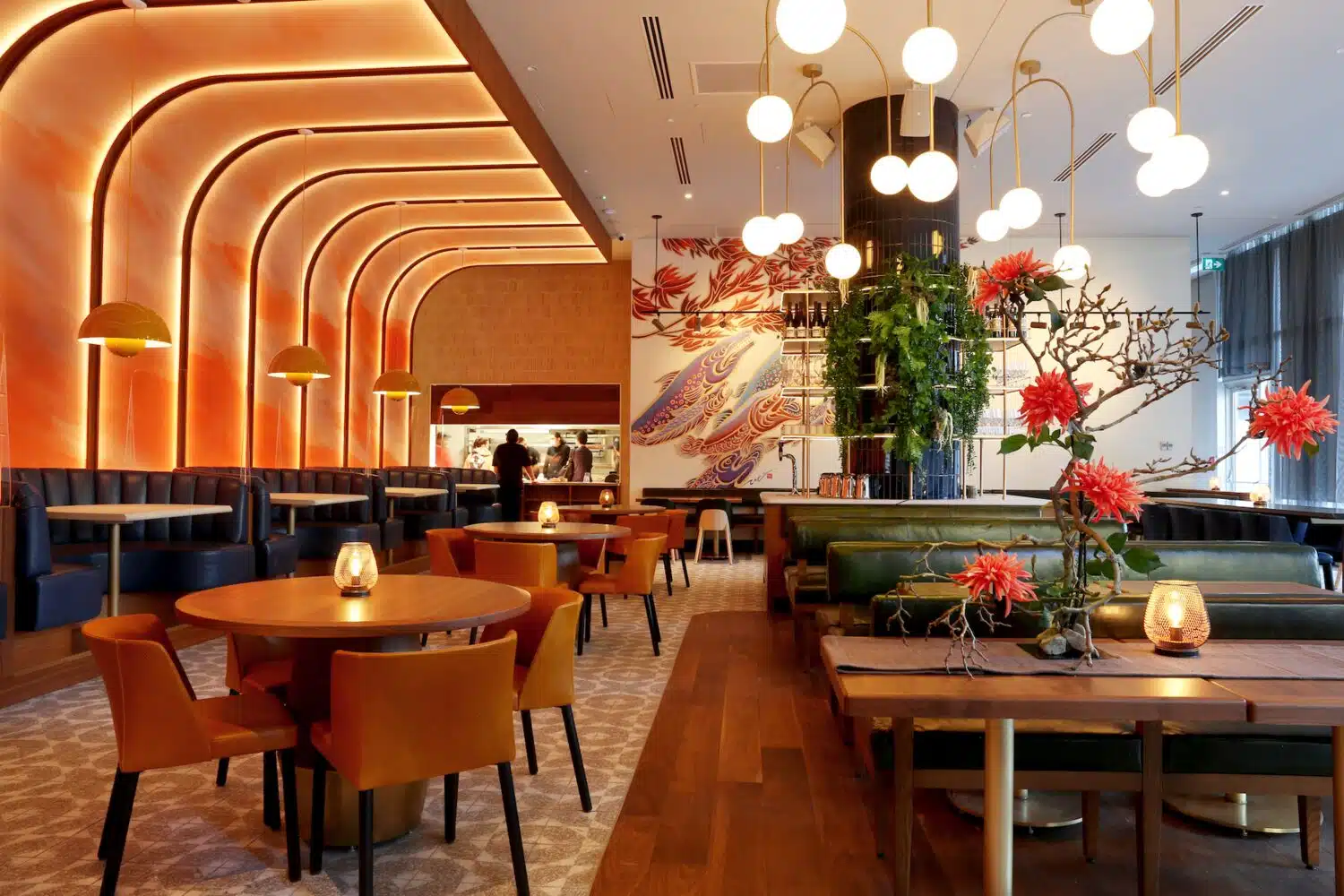
Custom Furniture Makers
Welcome to RFP Design Group Inc., the epitome of craftsmanship and creativity as custom furniture makers. At RFP Design, we pride ourselves on being more than just artisans – we are your partners in turning spaces into personalized havens. Our skilled team collaborates closely with you to bring your unique vision to life, ensuring every piece is a true reflection of your style. As your dedicated custom furniture makers, we craft one-of-a-kind pieces that elevate your interiors. Immerse yourself in the luxury of tailor-made design, where every curve, material, and finish tells your distinct story. Discover the art of living beautifully, exclusively with RFP Design Group Inc., your trusted custom furniture makers.
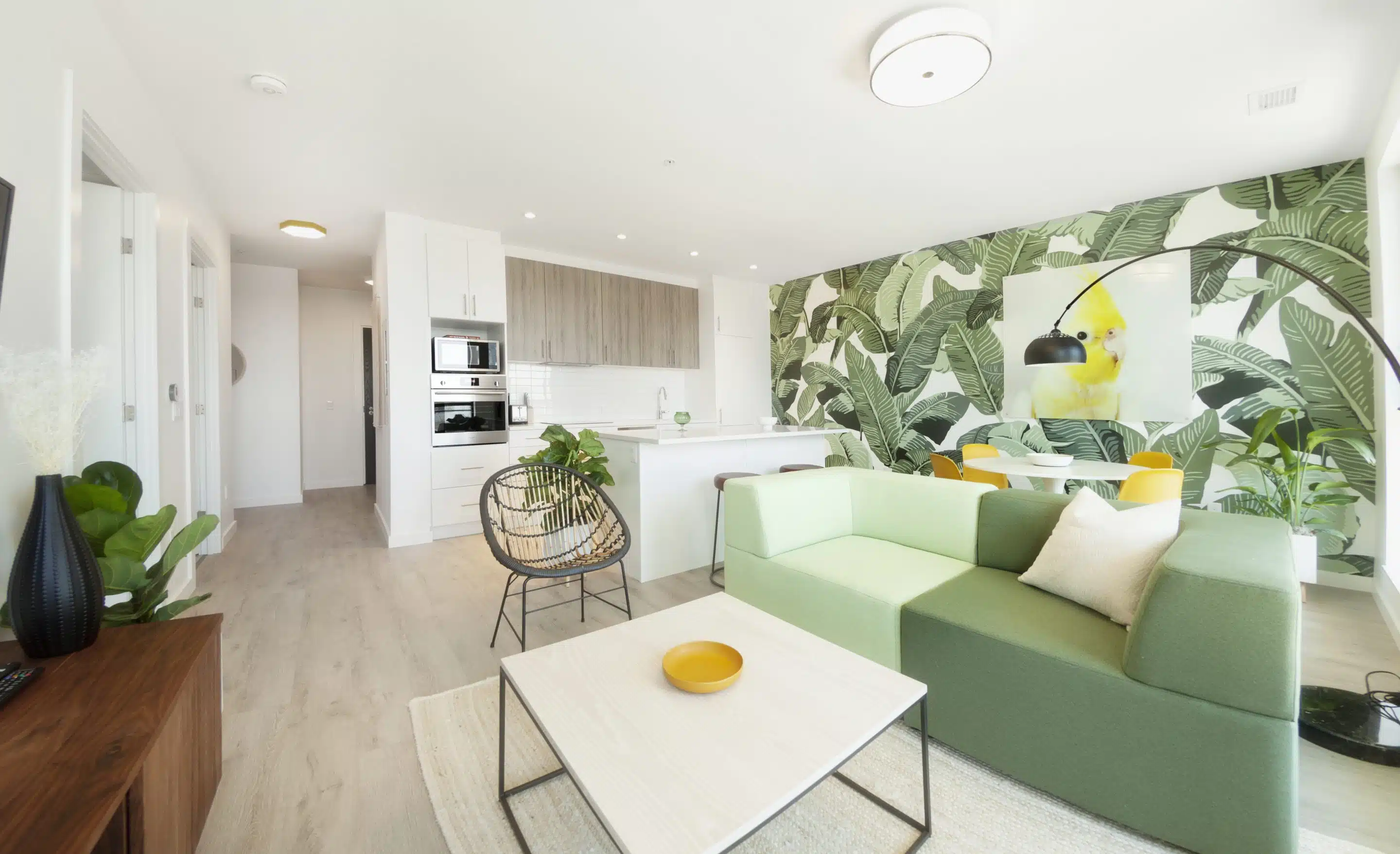
Custom Chairs
At RFP Design Group Inc., our dedication to personalized craftsmanship extends seamlessly to our bespoke chair-building services. As expert custom chair makers, we understand that seating is not merely functional but a statement of comfort and style. Collaborating closely with our clients, we craft chairs that harmonize with the unique aesthetics of any space. From contemporary designs to classic elegance, our artisans skillfully bring your vision to life, ensuring each custom chair reflects your distinct taste and preferences. With an unwavering commitment to quality and comfort, RFP Design Group Inc. transforms seating into an art form, creating custom chairs that redefine the experience of sitting beautifully in your personalized sanctuary.
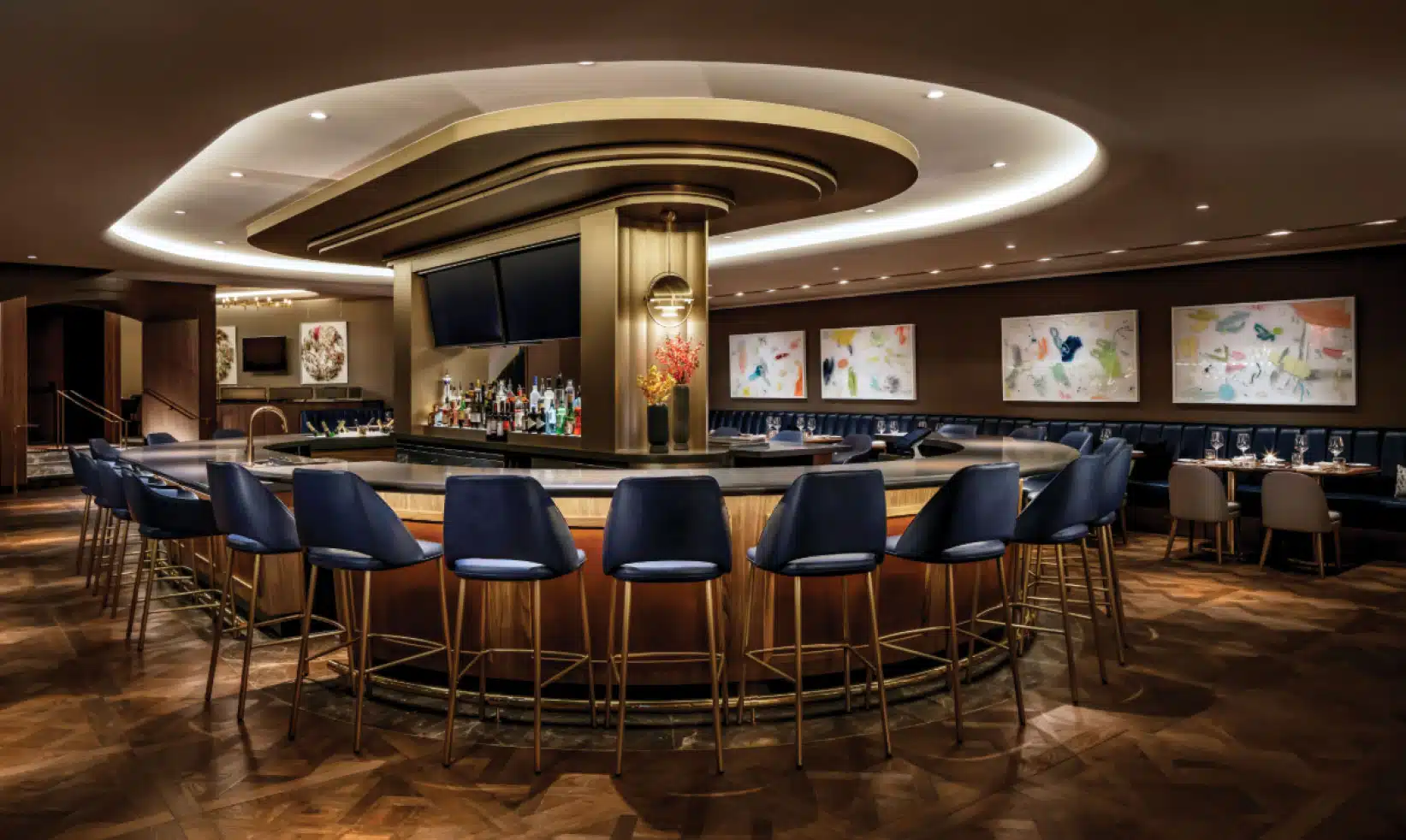
Wood Furniture
At RFP Design Group Inc., our commitment to craftsmanship extends beyond custom furniture to the art of building exceptional wood furniture. Our skilled artisans bring passion and precision to every piece, meticulously selecting premium wood materials to ensure longevity and timeless appeal. From the initial concept to the final finish, our wood furniture embodies the perfect blend of traditional artistry and contemporary design. As dedicated wood furniture builders, we take pride in creating pieces that resonate with warmth, authenticity, and enduring beauty. Explore the richness of natural materials with RFP Design Group Inc., where each creation tells a story of skillful hands shaping timeless wood masterpieces.
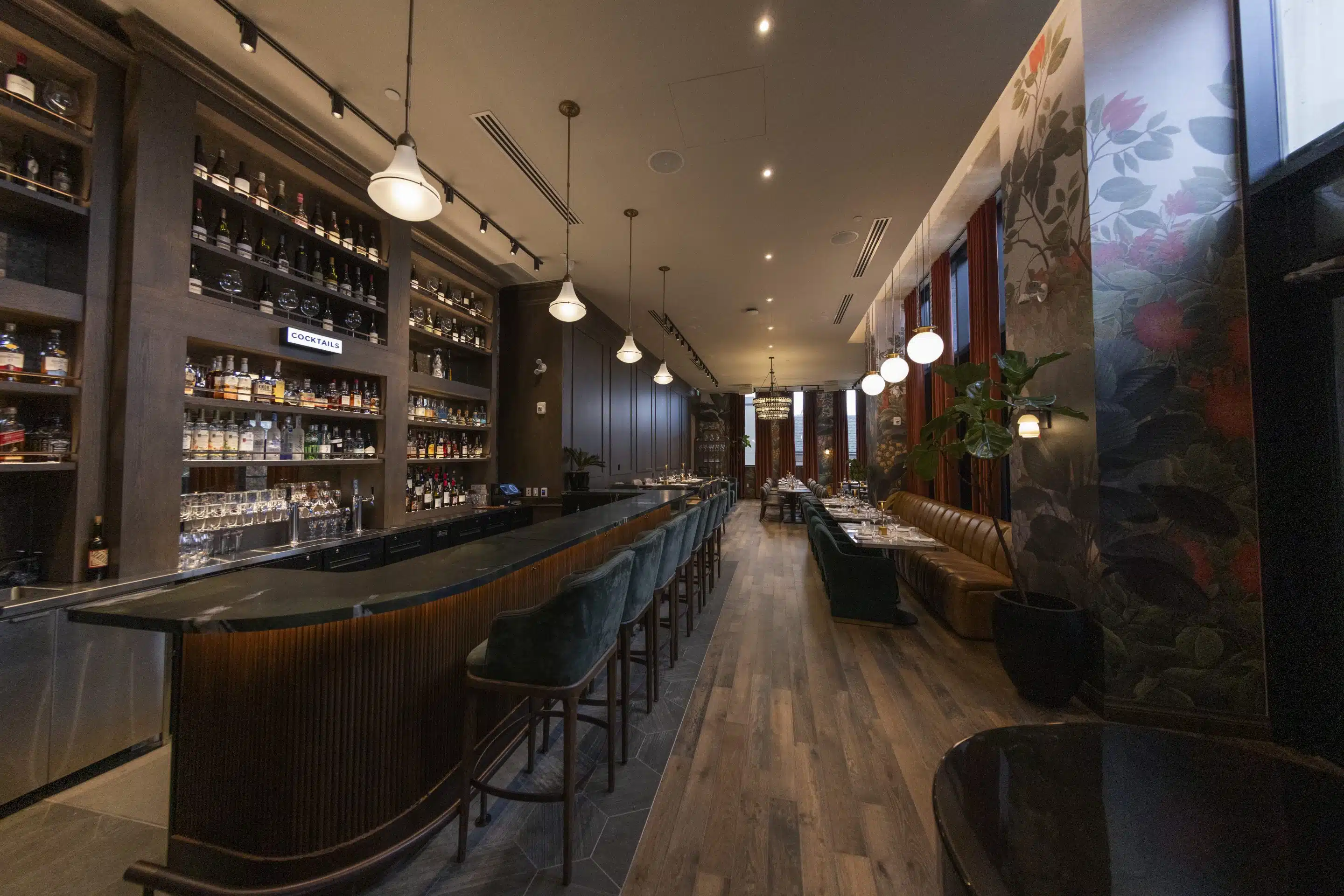
Wood Type Experts
